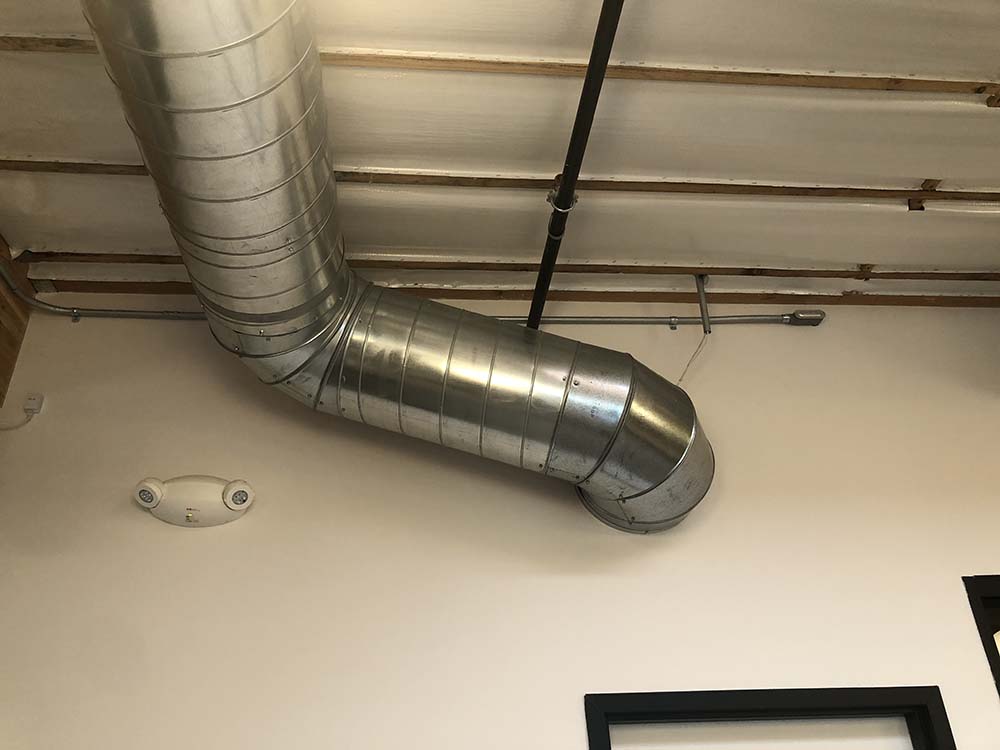Hybrid Heat Pump Systems - Versatility in 2020

Hybrid heating and cooling systems comprise a heat pump powered by electricity and a furnace fueled by propane, natural gas, or fuel oil. Essentially, heat pumps are devices that can work cross functionally as an air conditioner or a heater, providing thermal comfort all from one package. On colder days, the device draws the heat out the air outside and distributes it throughout your building. On hotter days, it works pretty much like an air conditioner, making it a cost effective machine as it provides thermal comfort all from one package. When the temperature falls below 40 degrees, the furnace takes over the heating capabilities of the heat pump as the pump becomes less efficient at this point. The main components include the aforementioned heat pump, furnace, ductwork, and a traditional thermostat. The thermostat is able to gauge the temperature outside and figure out whether the pump or furnace is the most effective option for you at the moment.
Some advantages include the fact that hybrid systems are able to lower energy costs, explaining why they are quickly increasing in popularity. You are able to switch between using gas and electric power, providing two useful options that suit different weather conditions and personal preferences. It provides similar benefits to that of a split system but comes with the added bonus of improved energy efficiency.
The biggest disadvantage for hybrids is that they are not the most effective systems for people who experience extremely cold weather. The heat pump cannot adequately maintain comfortable temperatures when the outside climate drops too low. Therefore, there are geographical and environmental limitations for those considering this type of HVAC system.